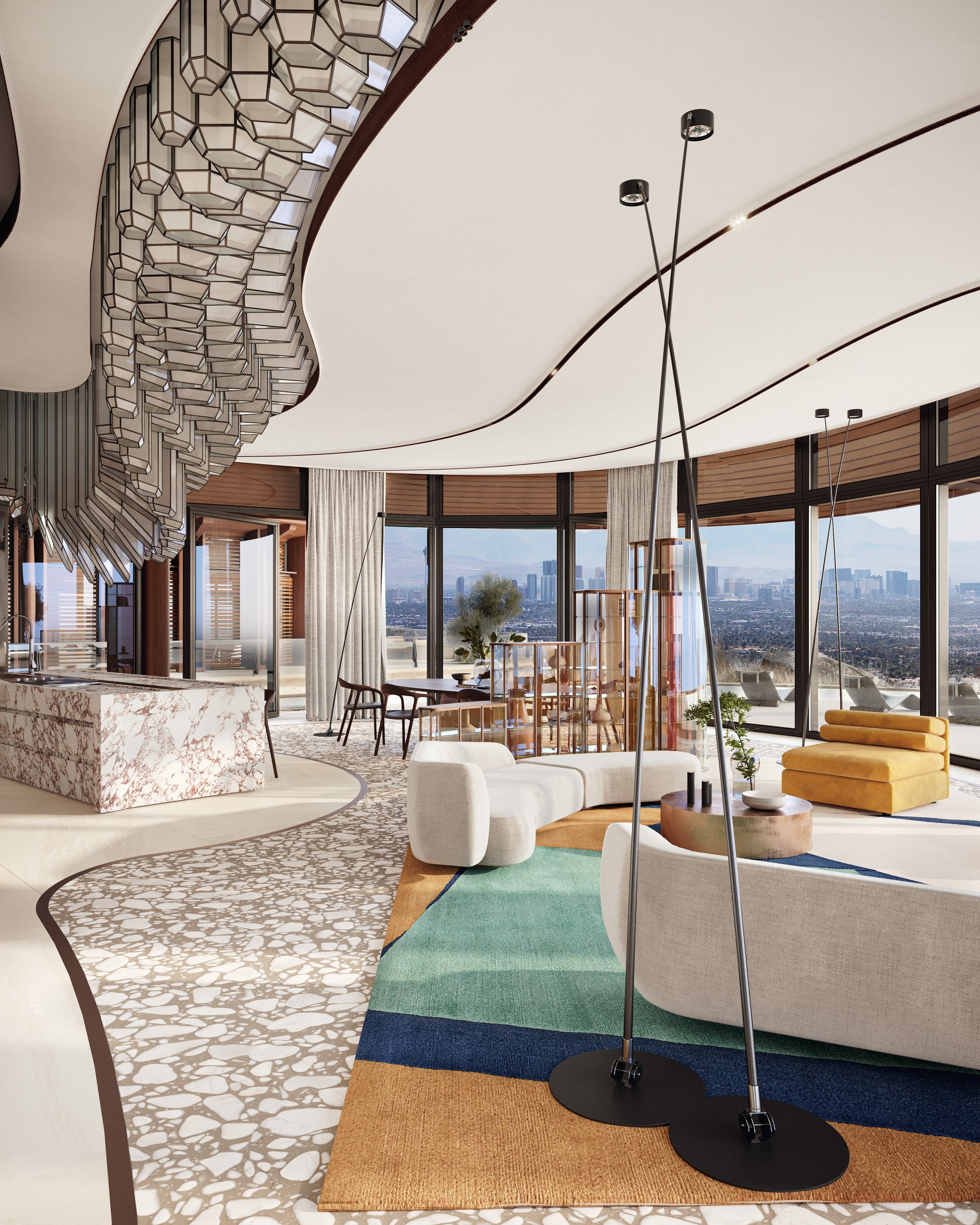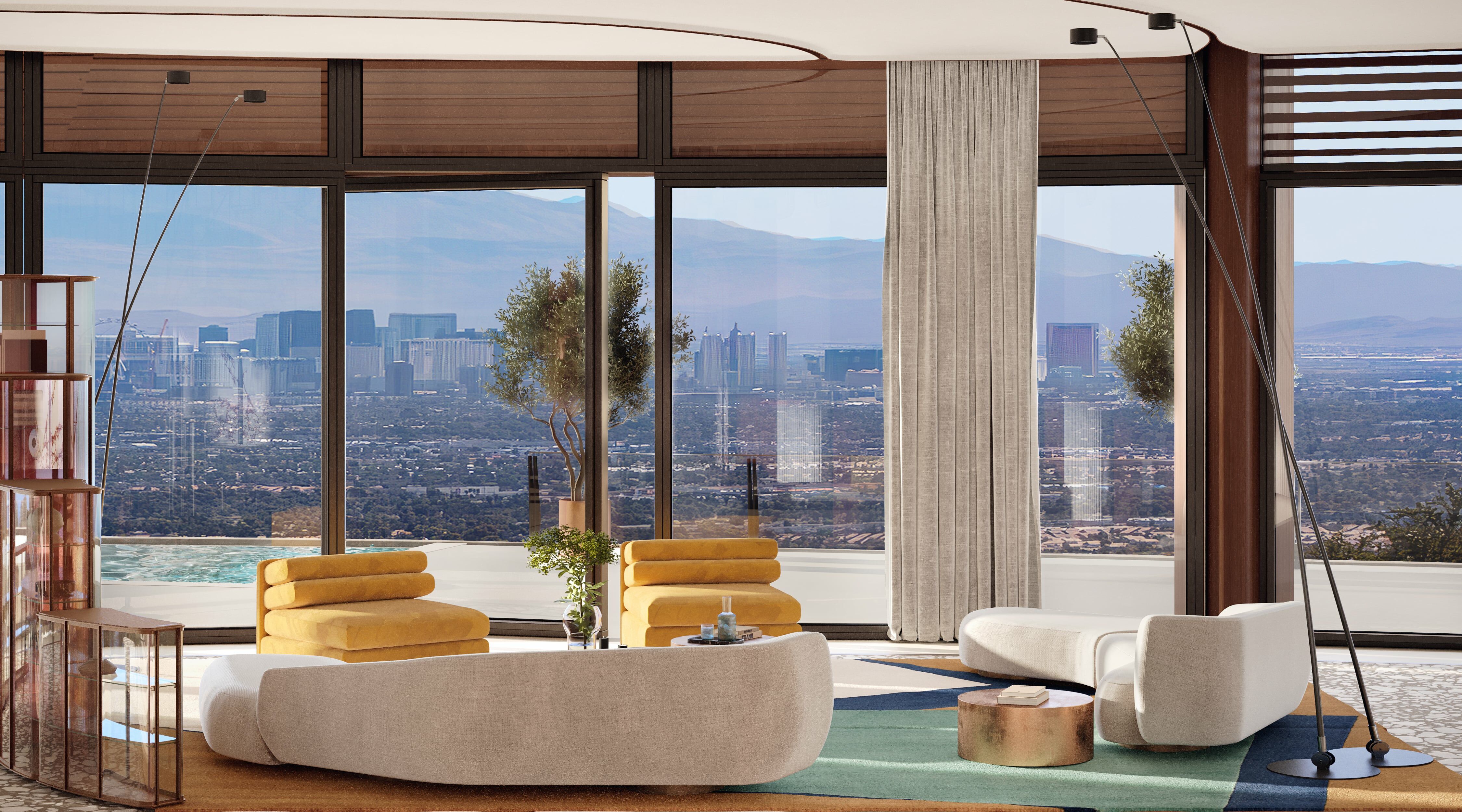Lighting is an essential element of architectural design that can significantly impact the functionality, ambiance, and aesthetics of a space. The way light is used in a building can affect the mood, productivity, and well-being of the occupants. In this blog post, we will explore how lighting design can transform architecture and showcase examples of how it has been used in various projects.
The Power of Light 14 04 2023

The Functionality of Lighting Design:
Lighting design is not just about illuminating a space; it also serves a functional purpose by enhancing visibility, creating focal points, and highlighting architectural features. Proper lighting can also increase safety and comfort for the occupants.
The Ambiance of Lighting Design:
Lighting design can set the tone for a space and create a specific ambiance. The color, intensity, and direction of light can affect the mood of the occupants and influence their behavior. For example, warm, dim lighting can create a cozy, intimate atmosphere, while bright, cool lighting can make a space feel energetic and lively.
The Aesthetics of Lighting Design:
Lighting can also be used as a design element to enhance the visual appeal of a space. It can accentuate textures, colors, and shapes and create a sense of drama and depth. Lighting fixtures themselves can also be used as art installations, adding an extra layer of creativity to the design.
Examples of Lighting Design in Architecture:
The use of lighting design in architecture can be seen in a variety of projects, from commercial spaces to residential homes. One example is the Museum of Islamic Art in Doha, Qatar, where the intricate patterns of the building's façade are illuminated at night, creating a breathtaking display. Another example is the Farnsworth House in Plano, Illinois, where the interior lighting highlights the simplicity and elegance of the structure's design.

Lighting design is a critical component of architecture that can have a significant impact on the functionality, ambiance, and aesthetics of a space. By considering the function, mood, and aesthetics of a space, architects and designers can use lighting design to transform a building into a work of art.